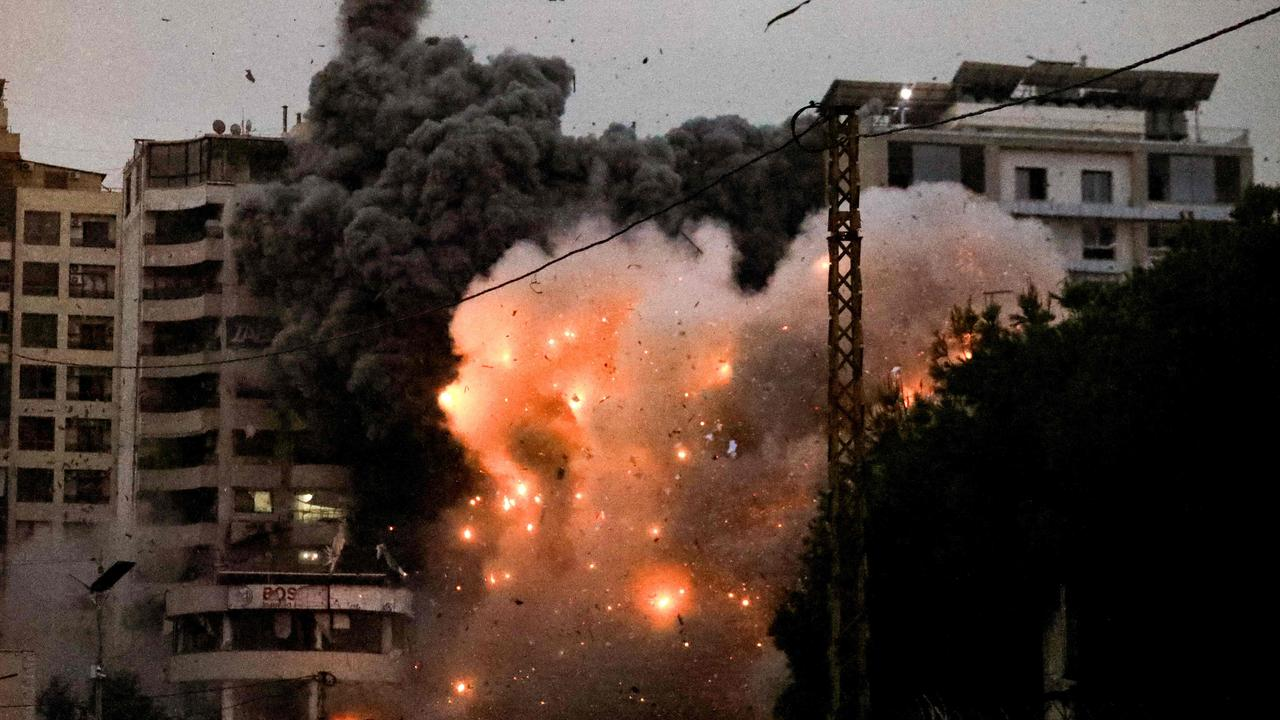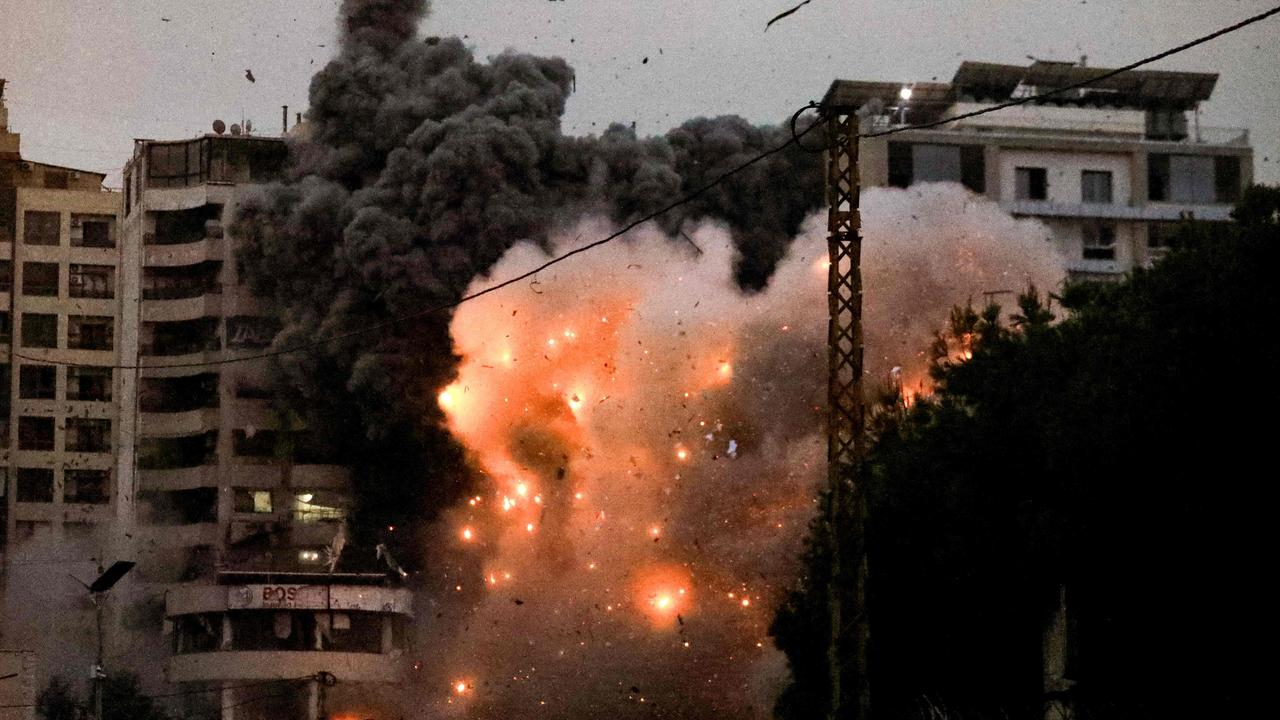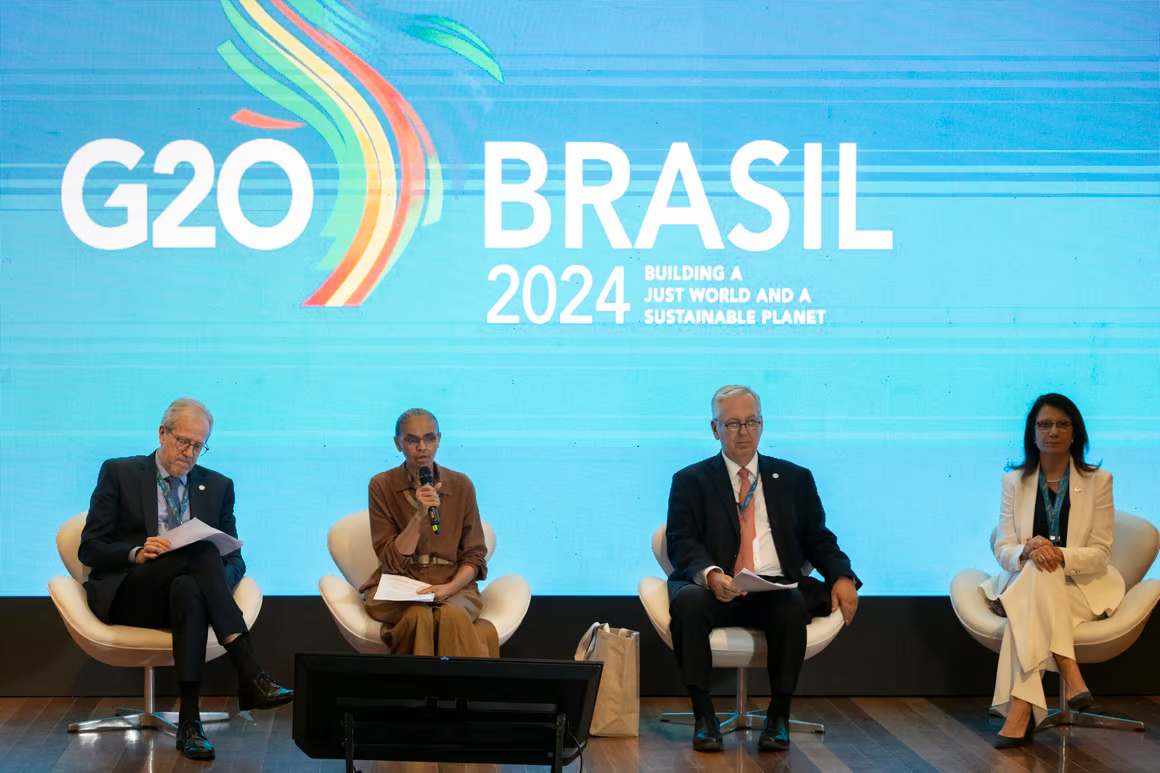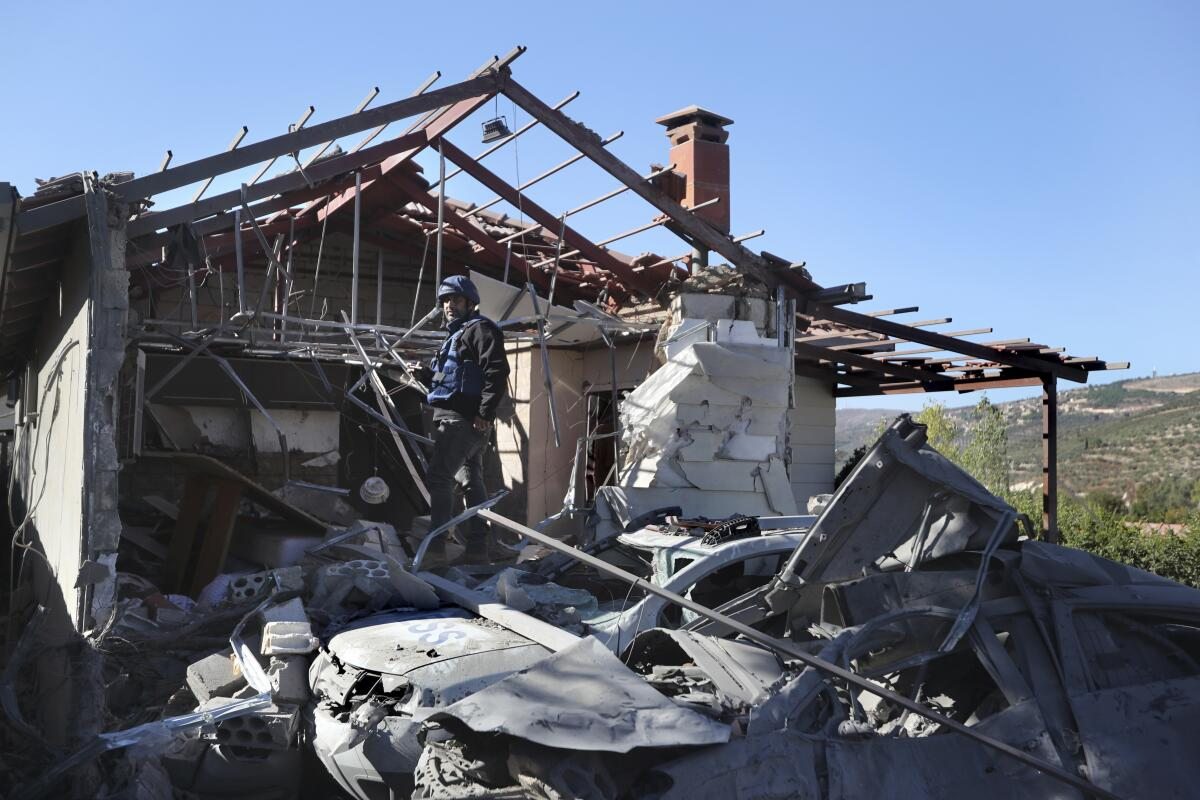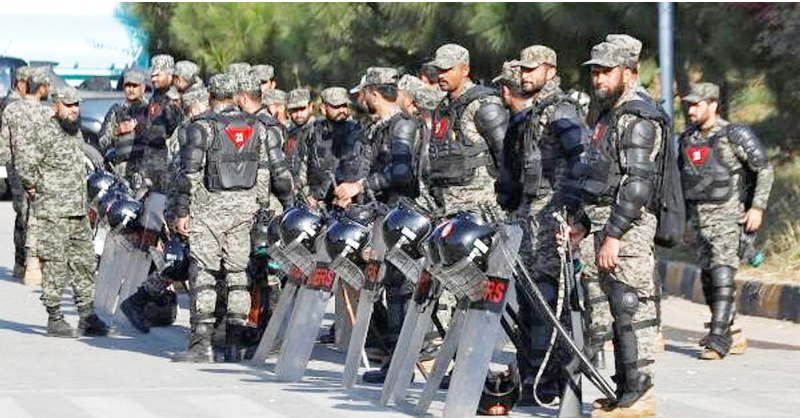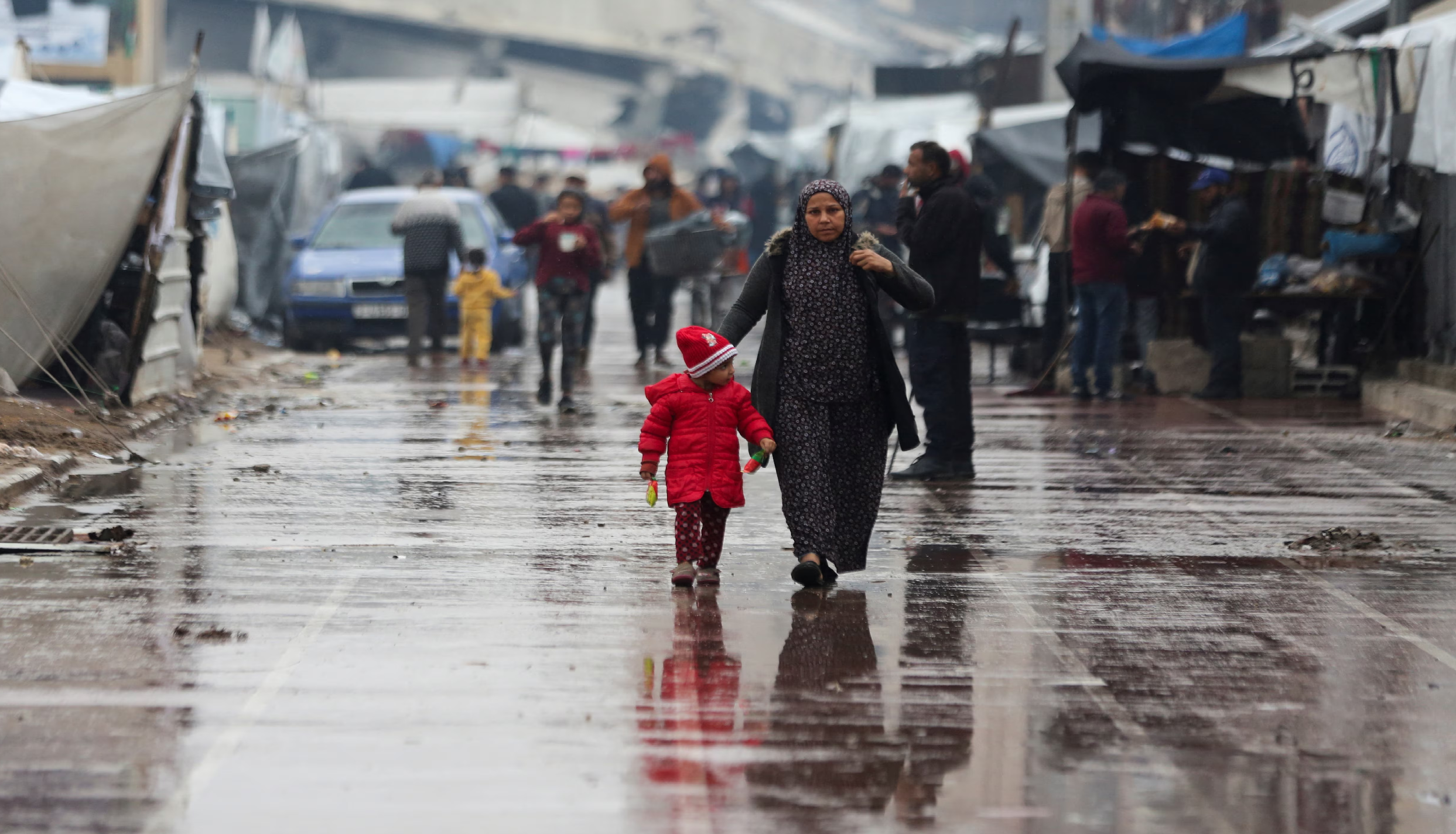
Pompeii: Rebirth of Italy’s dead city that nearly died again
Italy: In a few horrible hours, Pompeii was turned from a vibrant city into an ash-embalmed wasteland, smothered by a furious volcanic eruption in A.D. 79.
Then in this century, the excavated Roman city appeared alarmingly close to a second death, assailed by decades of neglect, mismanagement and scant systematic maintenance of the heavily visited ruins. The 2010 collapse of a hall where gladiators trained nearly cost Pompeii its coveted UNESCO World Heritage Site designation. But these days, Pompeii is experiencing the makings of a rebirth.
Excavations undertaken as part of engineering stabilisation strategies to prevent new collapses are yielding a raft of revelations about the everyday lives of Pompeii’s residents, as the lens of social class analysis is increasingly applied to new discoveries.
Under the archaeological park’s new German-born director, innovative technology is helping restore some of Pompeii’s nearly obliterated glories and limit the effects of a new threat — climate change. Gabriel Zuchtriegel, an archaeologist appointed director general 10 months ago, likens Pompeii’s rapid deterioration, starting in the 1970s, to “an airplane going down to the ground and really risking breaking” apart.
The Great Pompeii Project, an infusion of about 105 million euros ($120 million) in European Union funds — on condition it be spent promptly and effectively by 2016 — helped spare the ruins from further degradation. “It was all spent and spent well,” Zuchtriegel said in an interview on a terrace with Pompeii’s open-air Great Theater as a backdrop.
But with future conservation problems inevitable for building remains first excavated 250 years ago, new technology is crucial “in this kind of battle against time,” the 41-year-old told The Associated Press.
Climate extremes, including increasingly intensive rainfall and spells of baking heat, could threaten Pompeii. “Some conditions are changing and we can already measure this,” said Zuchtriegel. Relying on human eyes to discern signs of climate-caused deterioration on mosaic floors and frescoed walls in about 10,000 excavated rooms of villas, workshops and humble homes would be impossible. So, artificial intelligence and drones will provide data and images in real time.
Experts will be alerted to “take a closer look and eventually intervene before things happen, before we get back to this situation where buildings are collapsing,” Zuchtriegel said.
Since last year, AI and robots are tackling what otherwise would be impossible tasks — reassembling frescoes that have crumbled into the tiniest of fragments. Among the goals is reconstructing the frescoed ceiling of the House of the Painters at Work, shattered by Allied bombing during World War II. — AP
 English daily published in Bengaluru & Doha
English daily published in Bengaluru & Doha

